Reportar esta entrada
Más sobre la misma comunidad-colección
Third Grade School Picture, Escuela Manuel, Colonia Dublan
Third Grade School Picture, Escuela Manuel, Colonia Dublank, ...
Third Grade Class Picture, Escuela Manuel, Colonia Dublan
Third Grade Class Picture, Escuela Manuel, Colonia Dublan, ...
Article about the Colonia Juarez Temple
Article about the Colonia Juarez Temple, Nuevo Casas Grandes, ...
Continuation of Article about the Colonia Juarez Temple
Continuation of Article about the Colonia Juarez Temple, Nuevo ...
Graduates de La Cate clase de 1972
10 Year Reunion Cathedral High class of 1972 . All in Suits., ...
Low & Slow: Lowrider Culture On The Border
In El Paso, Texas or Chuco, Tejas, the Lowrider is more than a ...
Low & Slow: Lowrider Culture On The Border
In El Paso, Texas or Chuco, Tejas, the Lowrider is more than a ...



















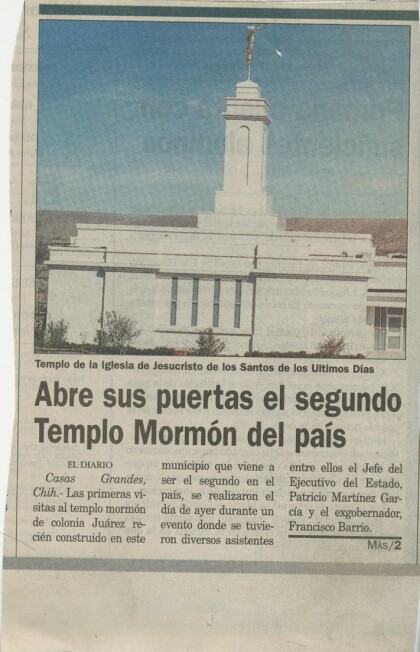
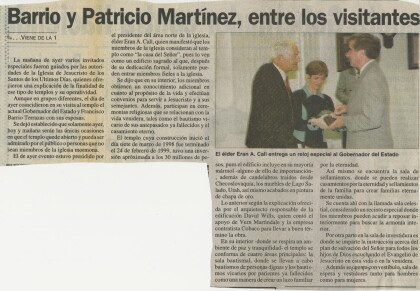
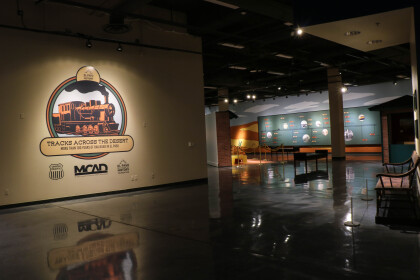
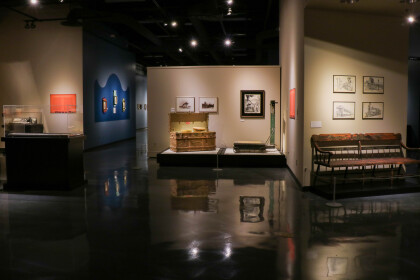
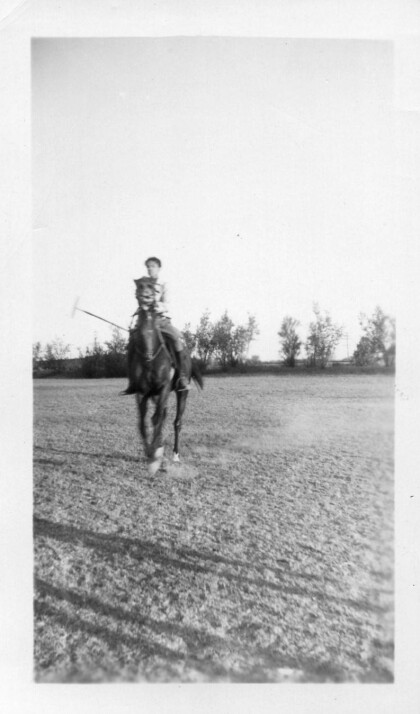
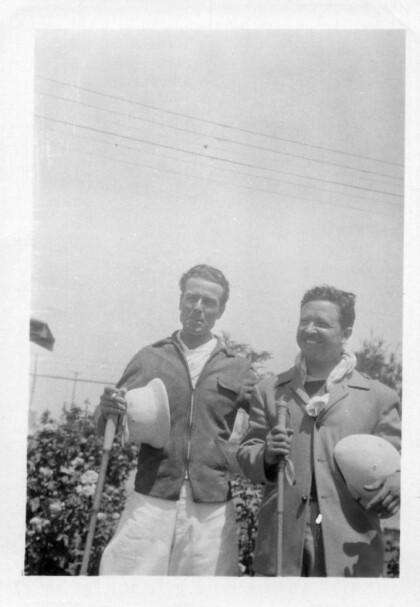
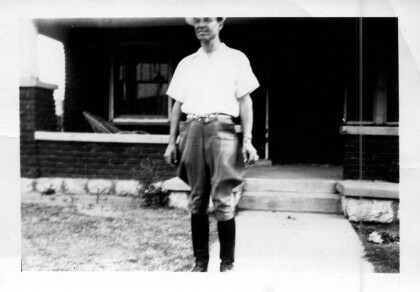
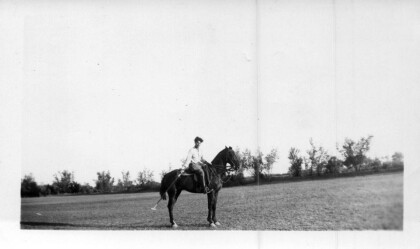
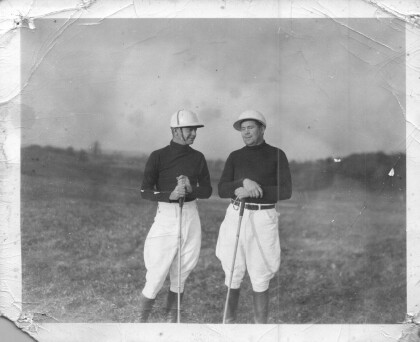
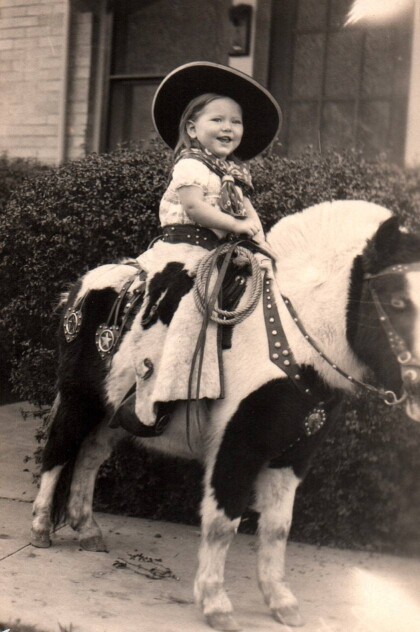

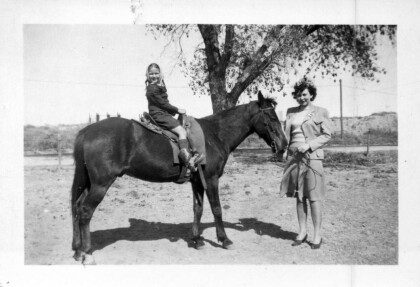
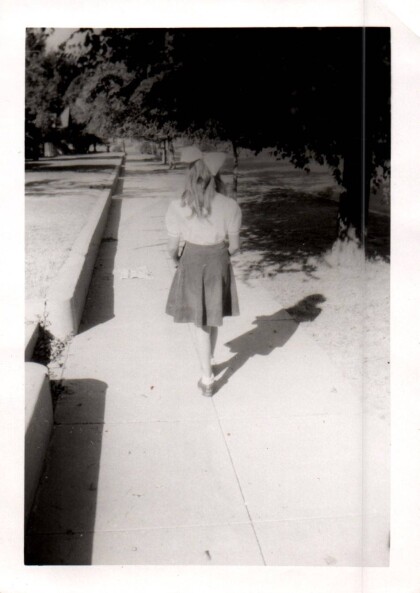
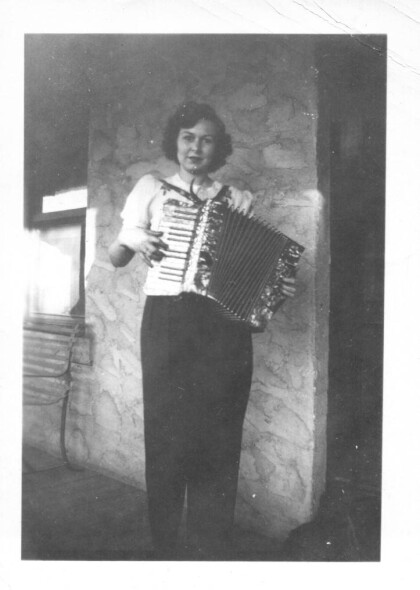
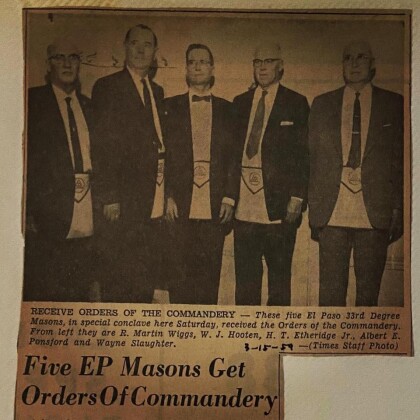
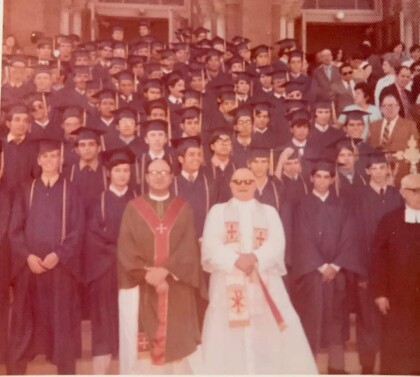
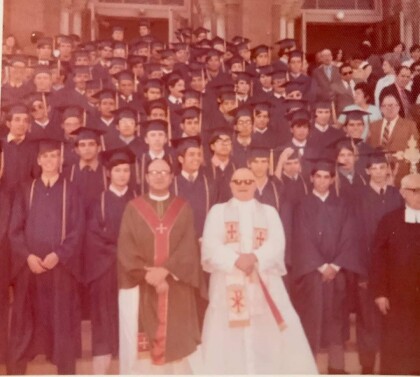
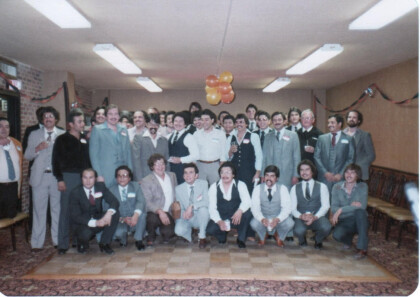
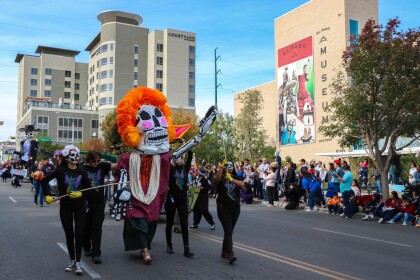
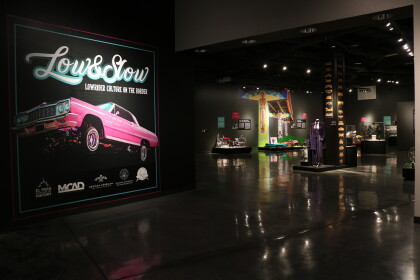
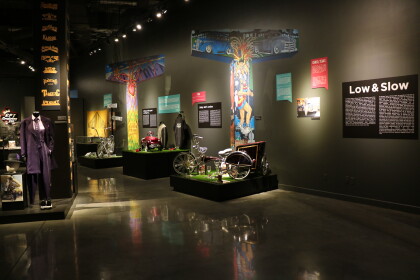
Comentarios
Hacer un comentario